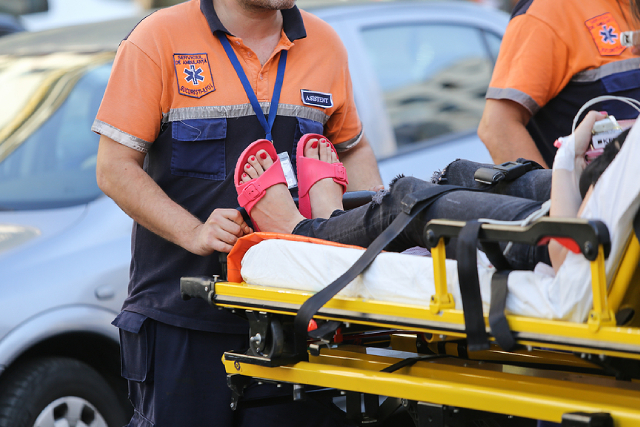
Have you ever wondered if an air ambulance is really faster than a ground ambulance or if it’s just a popular belief? Many of us have seen dramatic rescue scenes in movies, where helicopters swoop in to save the day, and it’s easy to assume that air ambulances always outpace their on-ground counterparts. But how much of this is true, and what factors actually influence the speed of an air ambulance?
Understanding how air ambulances operate sheds light on their efficiency and reveals the meticulous planning and coordination that make them a vital part of emergency medical response. From specialised teams to advanced aircraft, air ambulances are often seen as the go-to option for critical cases requiring swift transport. But let’s explore the truth behind their life-saving speed and how they stack up in real-world scenarios.
What makes an air ambulance so quick?
In Singapore, air ambulance services are carefully coordinated to meet the needs of patients requiring urgent transport. Providers offering medical assistance services in Singapore often partner with hospitals, airports, and regulatory authorities to ensure smooth operations. These services extend beyond emergency responses to include non-emergency transfers, such as medical evacuations for patients requiring treatment abroad.
The speed of an air ambulance largely depends on its ability to bypass obstacles that typically delay ground ambulances, such as traffic congestion and road conditions. By taking to the skies, air ambulances can head directly to their destination without the interruptions faced by vehicles on the road. This makes them an ideal choice for emergencies in remote locations or when transporting patients between cities or even countries.
However, speed isn’t just about the aircraft’s velocity. The efficiency of an air ambulance lies in the careful synchronisation of multiple teams. Pilots, paramedics, and dispatch coordinators work together to ensure the quickest response times. From the moment a call is made, the team assesses the urgency of the case, plans the best flight route, and prepares the necessary medical equipment—all within minutes.
The difference between air ambulance and ground ambulance
When comparing the pros and cons of air and ground ambulance services, air ambulances typically excel in speed and the ability to reach otherwise inaccessible areas. On the other hand, ground ambulances are often more suited for shorter distances or when weather conditions make flying unsafe. Both options serve crucial roles depending on the situation, and the decision to use one over the other is often made by medical professionals based on the patient’s needs.
Factors influencing air ambulance response times
Despite their capability to provide rapid response, the speed of an air ambulance can vary based on several factors:
1. Distance and location
Air ambulances shine in cases where patients are located far from medical facilities. For example, rural or offshore emergencies often rely on air transport to get patients to hospitals in urban centres. In contrast, shorter distances may make ground ambulances more practical.
2. Availability and readiness
Not all air ambulances are on standby 24/7. Factors like aircraft availability, crew readiness, and maintenance schedules can impact response times. Fortunately, many providers offering medical evacuation in Singapore maintain high levels of preparedness, ensuring a quick turnaround when emergencies strike.
3. Weather conditions
Weather plays a significant role in air ambulance operations. Poor visibility, strong winds, or heavy rain can delay takeoff or necessitate alternative arrangements. Ground ambulances may step in under such circumstances, highlighting the need for seamless coordination between air and land services.
4. Medical needs of the patient
The patient’s condition often dictates how quickly an air ambulance can respond. Complex cases may require additional equipment or specialised medical personnel, which could extend the preparation time slightly.
The importance of medical coordination
Behind every successful air ambulance mission is a well-oiled coordination team. From evaluating the patient’s condition to securing landing permissions and ensuring smooth ground transfers, these teams manage every detail with precision. In Singapore, medical assistance services often include comprehensive planning to minimise delays and streamline operations.
This high level of coordination ensures that patients receive timely and seamless care, regardless of whether they are being transported within the city-state or to an overseas destination.
Conclusion
Air ambulances are a testament to the incredible advancements in medical response and transport. Their ability to provide swift, life-saving assistance is a result of meticulous planning, cutting-edge technology, and highly skilled professionals working together. While they may not always be the fastest option in every scenario, their role in emergency medical services remains vital.
When it comes to reliable air ambulance, medical evacuation, and repatriation services, EMA Global offers unmatched expertise and care. With a commitment to swift response times and patient-focused solutions, EMA Global ensures you or your loved ones are in the best hands during critical moments.

